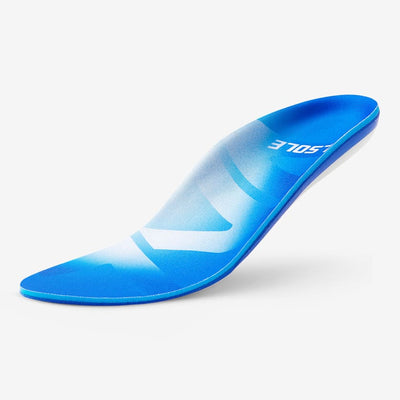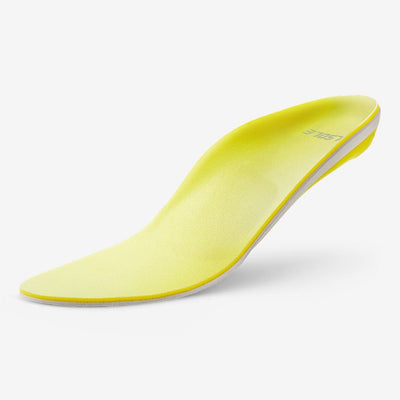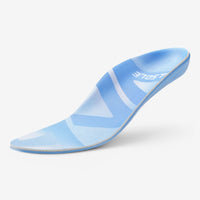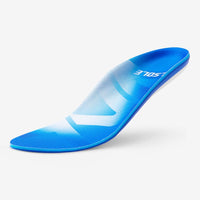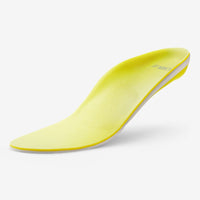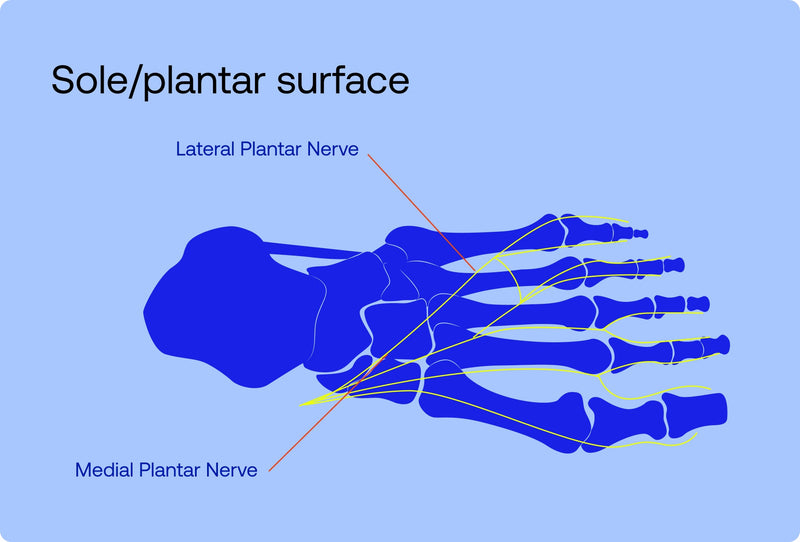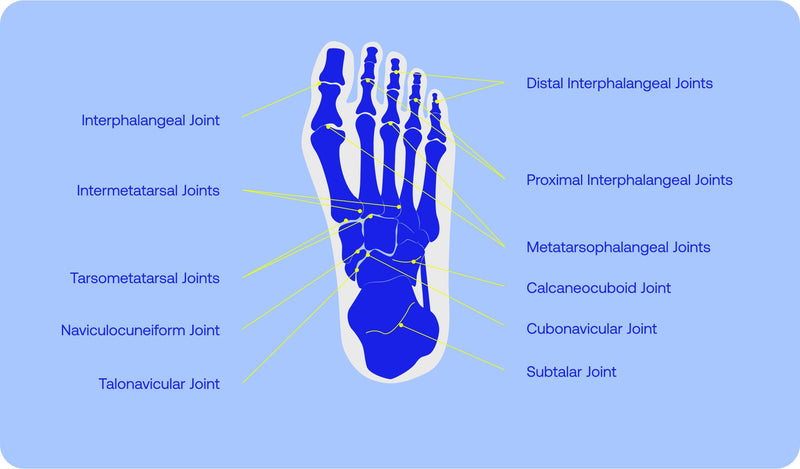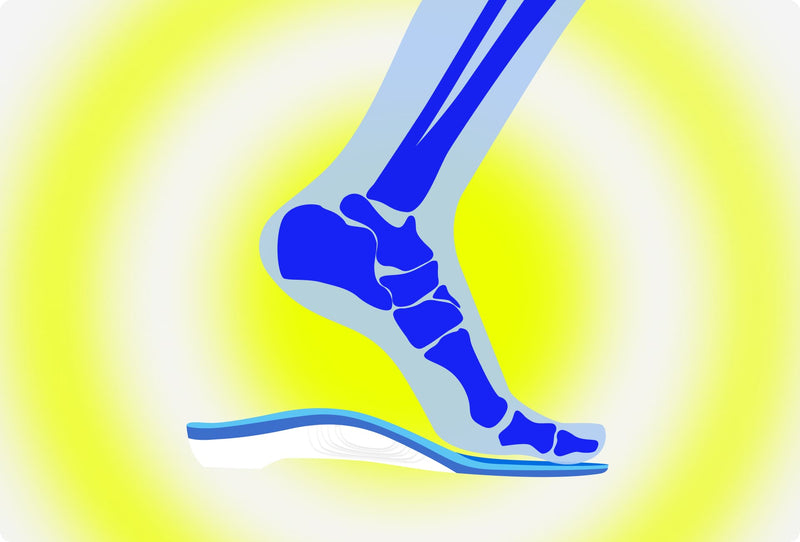Foot Pressure Explained: Why Cushioning Matters
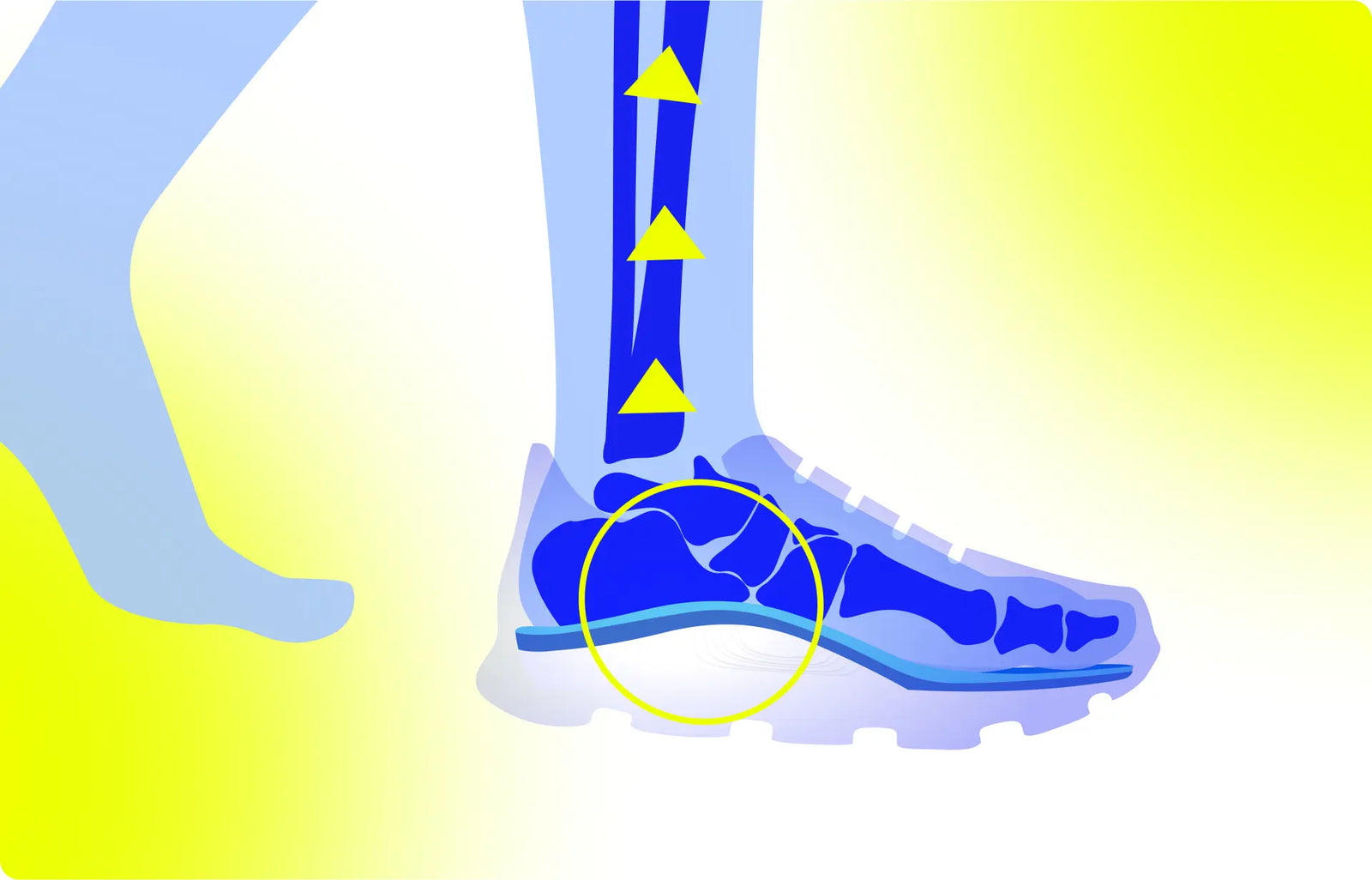
Each step we take unleashes a complex interplay of forces beneath the surface of our feet. These forces, while invisible, exert profound influence on posture, balance, and musculoskeletal health. When unmanaged, excessive pressure leads to fatigue, pain, and even long-term injury. Understanding why cushioning matters begins with an exploration of how pressure distributes itself across the foot’s architecture [1][2].
Anatomy of Foot Pressure
The human foot contains three primary arches—the medial, lateral, and transverse. These arches function as natural shock absorbers, dispersing body weight evenly. When functioning optimally, they reduce the strain placed on joints and soft tissue. Yet, deviations such as collapsed arches or high rigid arches alter this balance, leading to localized hotspots of pressure [3]. Advanced imaging and gait analysis reveal that the heel and forefoot bear the brunt of impact, especially during prolonged walking or running [4].
The Role of Cushioning in Pressure Redistribution
Cushioning serves as a mediator between ground reaction forces and the body’s kinetic chain. By absorbing impact, cushioning materials prevent localized stress from accumulating in vulnerable areas such as the heel pad or metatarsal heads. VALSOLE insoles engineered foams, gels, and polymers designed to dissipate energy effectively [5][6]. The result is reduced plantar stress, improved comfort, and enhanced long-term joint protection [7].
Consequences of Poor Cushioning
Without proper cushioning, repetitive stress can lead to a host of complications—ranging from plantar fasciitis to stress fractures. High plantar pressures are particularly dangerous for individuals with compromised tissue health, such as those with diabetes [8]. Studies confirm that off-loading and redistributing pressure are essential not only for comfort but also for injury prevention. Neglecting cushioning transforms each step into a micro-trauma event, gradually eroding mobility and resilience.
Cushioning Materials: Not All Are Equal
From memory foam to advanced EVA and polyurethane compounds, not all cushioning materials are created equal. Density, resilience, and durability play pivotal roles in determining how effectively a material manages repetitive impact [9]. For instance, softer foams may provide immediate comfort but often compress quickly, losing their protective qualities. Conversely, premium formulations maintain structural integrity, offering consistent performance over time [10]. The science of VALSOLE cushioning lies in balancing softness with stability.

Why Cushioning Matters for Every Lifestyle
Cushioning is not only relevant for athletes or those with existing foot conditions. Office workers, frequent travelers, and even individuals who spend long hours standing all benefit from enhanced shock absorption. VALSOLE Proper cushioning ensures energy efficiency, reduces fatigue, and contributes to overall well-being. Ultimately, every step is an investment in long-term musculoskeletal health. By prioritizing insoles that integrates strategic cushioning, individuals safeguard themselves against the hidden forces that act beneath every step [1][5][7].
References
- Nigg, B. M., & Wakeling, J. M. (2001). Impact forces and muscle tuning: A new paradigm. Exercise and Sport Sciences Reviews, 29(1), 37–41.
- Gefen, A. (2003). Plantar soft tissue loading under the metatarsal heads. Journal of Biomechanics, 36(6), 773–780.
- Burns, J., Crosbie, J., Hunt, A., & Ouvrier, R. (2005). The effect of pes cavus on foot pain and plantar pressure. Clinical Biomechanics, 20(9), 877–882.
- Cheung, J. T. M., Zhang, M., Leung, A. K. L., & Fan, Y. B. (2003). Three-dimensional finite element analysis of the foot during standing—A material sensitivity study. Journal of Biomechanics, 36(5), 709–718.
- Hennig, E. M. (2001). The influence of footwear on plantar pressure distribution during running and walking. Gait & Posture, 13(1), 41–48.
- Ramanathan, A. K., Kiran, P., Arnold, G. P., Wang, W., Abboud, R. J., & Jones, R. K. (2010). Repeatability of the Pedar-X® in-shoe pressure measuring system. Foot & Ankle Surgery, 16(2), 70–73.
- Chen, W. P., Ju, C. W., & Tang, F. T. (2003). Effects of total contact insoles on the plantar stress redistribution: A finite element analysis. Clinical Biomechanics, 18(6), S17–S24.
- Cavanagh, P. R., & Bus, S. A. (2010). Off-loading the diabetic foot for ulcer prevention and healing. Journal of the American Podiatric Medical Association, 100(5), 360–368.
- Mundermann, A., Stefanyshyn, D. J., & Nigg, B. M. (2001). Relationship between footwear comfort of shoe inserts and anthropometric and sensory factors. Medicine & Science in Sports & Exercise, 33(11), 1939–1945.
- Zhang, X., & Li, B. (2013). Influence of insole materials on biomechanical characteristics of foot plantar pressure distribution. Applied Mechanics and Materials, 274, 1222–1225.



